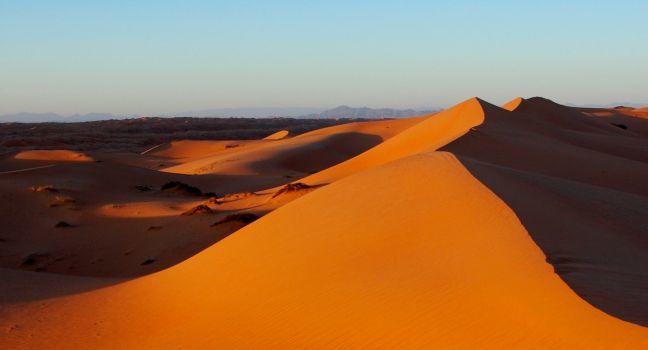Mutrah Corniche

Get FREE email communications from Fodor's Travel, covering must-see travel destinations, expert trip planning advice, and travel inspiration to fuel your passion.
Sorry! We don't have any recommendations for Oman right now.
We’ve compiled the best of the best in Oman - browse our top choices for the top things to see or do during your stay.


Completed in 2001, Muscat's Grand Mosque took six years to build, not to mention 300,000 tons of Indian sandstone and an army of Persian weavers to assemble the 1.7 million–knot Persian rug that adorns the main prayer hall, the second-largest Persian rug in the world behind the one at the Grand Mosque in Abu Dhabi. Covering more than 430,000 square feet, the complex can welcome up to 20,000 worshipers under its central dome and in adjacent chambers and courtyards. Though the exterior is subdued, with sandstone arches and no more sparkle than the subtle gold beneath the latticed stone of the dome, once inside, the spotlessly buffed white marble, intricate, colorful tilework, and eight-ton, gold-plated Swarovski crystal chandelier, provide immense drama. The manicured gardens surrounding the prayer halls are a wonderful, serene place to spend a few reflective hours. Non-Muslims can visit every morning but Friday. All visitors are asked to dress modestly, covered to ankles and wrists, and women must cover their hair with a scarf. There are abayas available to rent at the visitor center for those who forget the dress code.



 Sign up for Travel Tips & News
Sign up for Travel Tips & News
 Thank you for your interest!
Thank you for your interest!